What was it Transource said about its project?
The goal is to alleviate congestion on the high-voltage electric grid, and benefit customers in the region, including parts of Pennsylvania and Maryland, Transource said in a news release.
Regional grid operator PJM Interconnection has already done the math and assigned project cost commensurate with benefit. 80.5% of the project costs will be paid by ratepayers of Baltimore Gas & Electric, PEPCO, and Dominion, therefore 80.5% of the benefit will be realized by those ratepayers. However, 100% of project impacts will be realized by landowners in communities in Pennsylvania and Maryland that will receive just 6% or less of the project's benefit. Although Transource continually attempts to gloss over this fact, it doesn't change the math. Communities along the proposed route are not receiving benefit commensurate with their sacrifice.
New transmission projects dreamed up by PJM to "alleviate congestion" and promote the increased use of certain types of power generators have a long track record of failure. "Congestion" is a fleeting economic concept used to justify building more transmission for export across the region. You'd think PJM might have learned its lesson about manipulating markets from the crashing failure of its Project Mountaineer initiative, but obviously that's not the case. After retreating to its lair and licking its wounds for 10 years, PJM is at it again. And the victims of its latest scheme are having none of that.
Transource also says:
Abby Foster, a community affairs representative for the company, said typical farming practices in both counties will be able to continue in the rights-of-way. She also said that based on the feedback from the community, Transource will use a monopole structure for the towers, instead of the lattice structure which was in the original proposal.
“By including community members in the siting process, rather than engaging them after decisions were made, we were able to consider and accommodate many landowner requests,” said Transource Director Todd Burns.
Todd Burns is another poison purveyor who tells the community how they were included in the decision making, but that's not entirely honest. The community doesn't just want to be "included" in the siting of the project, the community wants to be included in the decision to build this project in the first place. That's where community involvement should have begun. Instead, Todd asks the community how it would like to ingest its poison, without asking them if they would like to be poisoned in the first place.
Transource must think the communities are really gullible, pretending to make concessions so that the company appears reasonable. Transource's concessions are imaginary and not what the community asked for at the "Open House" meetings. I'm pretty sure the communities asked for no transmission project at all, not one with monopoles that encourages the community to fight with itself over placement. The monopoles and "community inclusion" are nothing but a smoke screen.
Then Abby asks the community to get into the Kool Aid line:
Foster added that over the next couple of weeks the company will contact landowners with property on the proposed route. She said during this time, owners can raise issues like potential crop loss during construction or access roads that need to be built, and negotiate compensation.
"They're really looking to minimize and reduce any impacts that might occur to any agricultural practices," Foster said on behalf of Transource.
Any landowner who even considers talking to a Transource land agent should first consult with an attorney. Although Transource will tell you that you don't need an attorney, remember that the contract the land agent presents to you was written by Transource's attorney, for the benefit of the company. Don't you think you should protect your interests, too?
Transource seems to be in an all-fired hurry to get folks "managed" to go along with its project. It's your land, it's your choice.
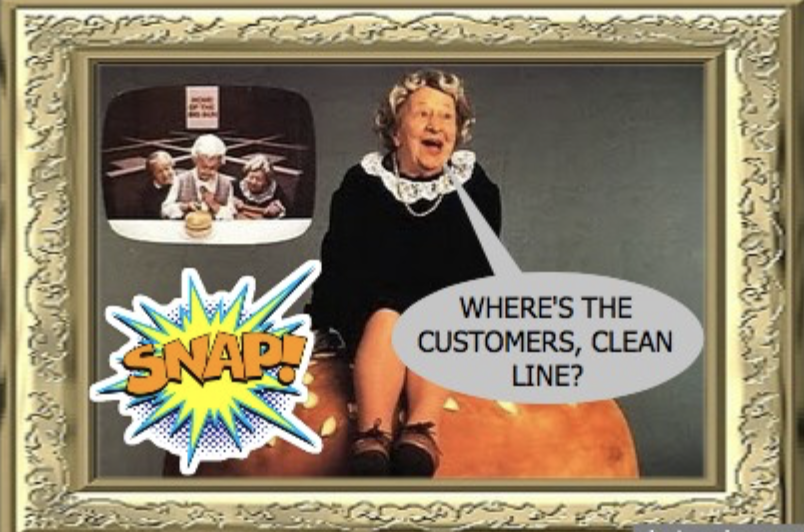
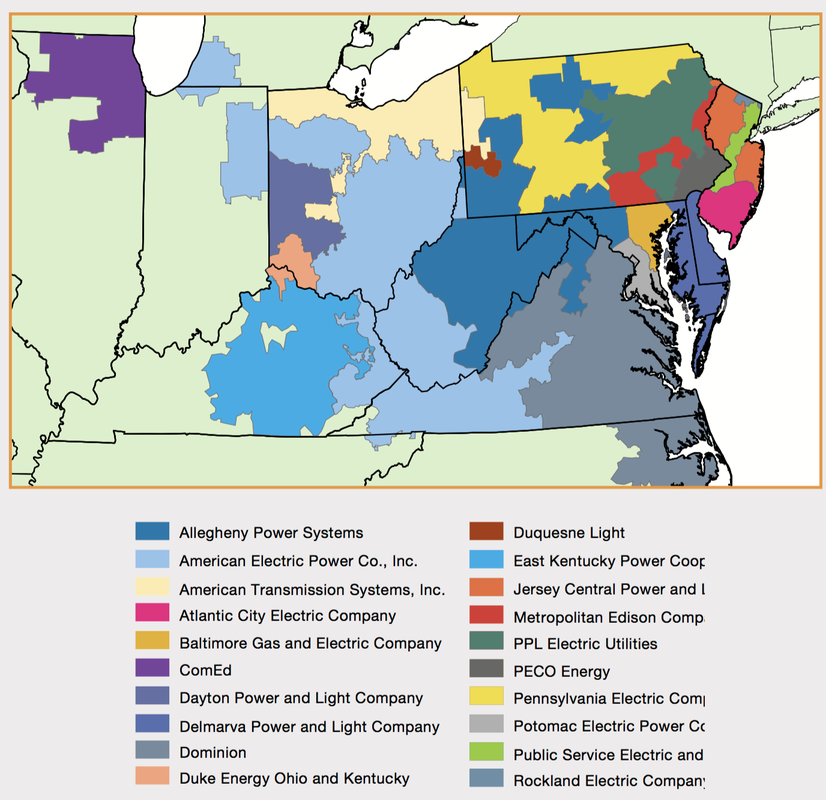
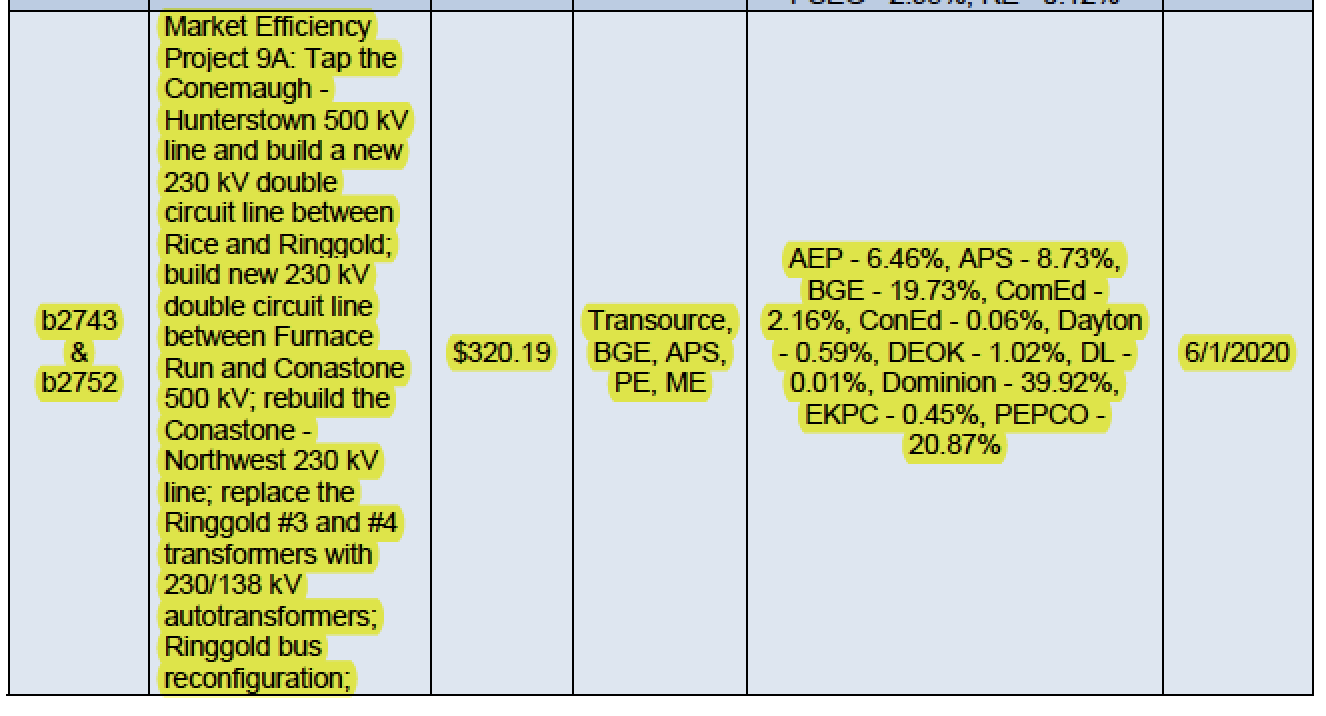
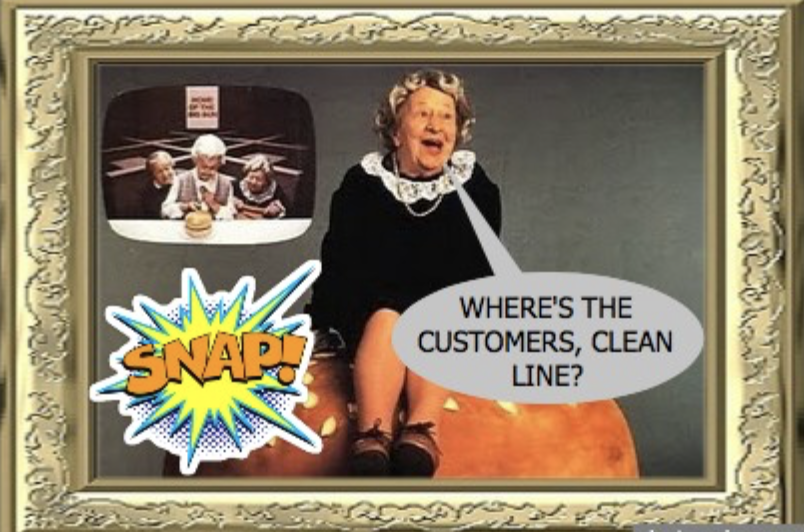

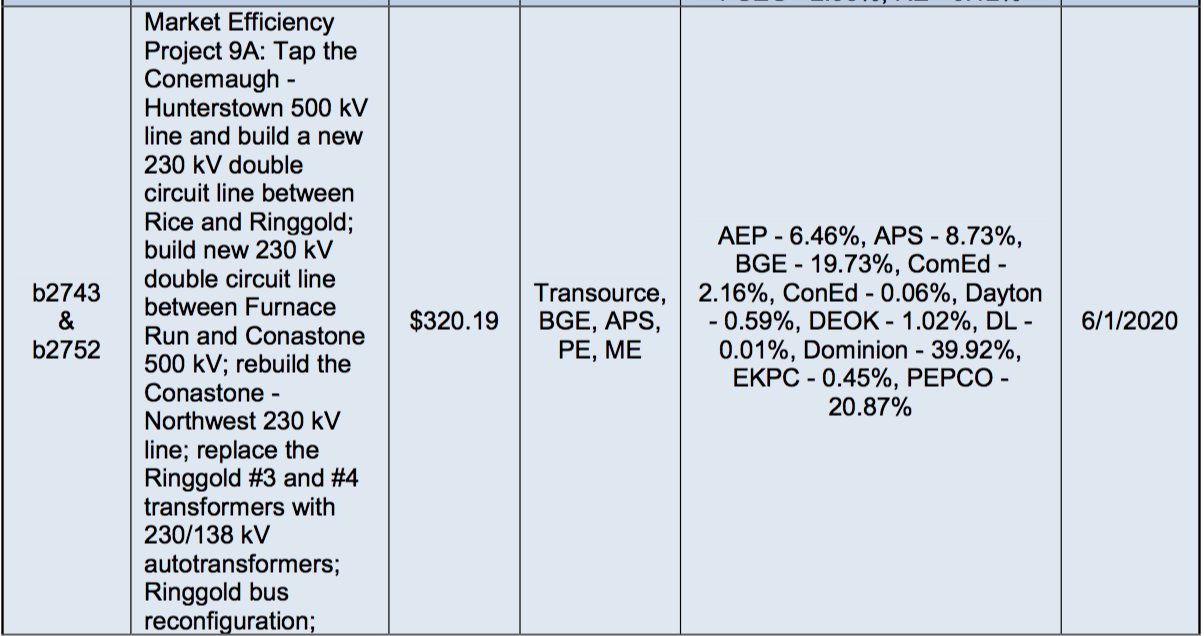
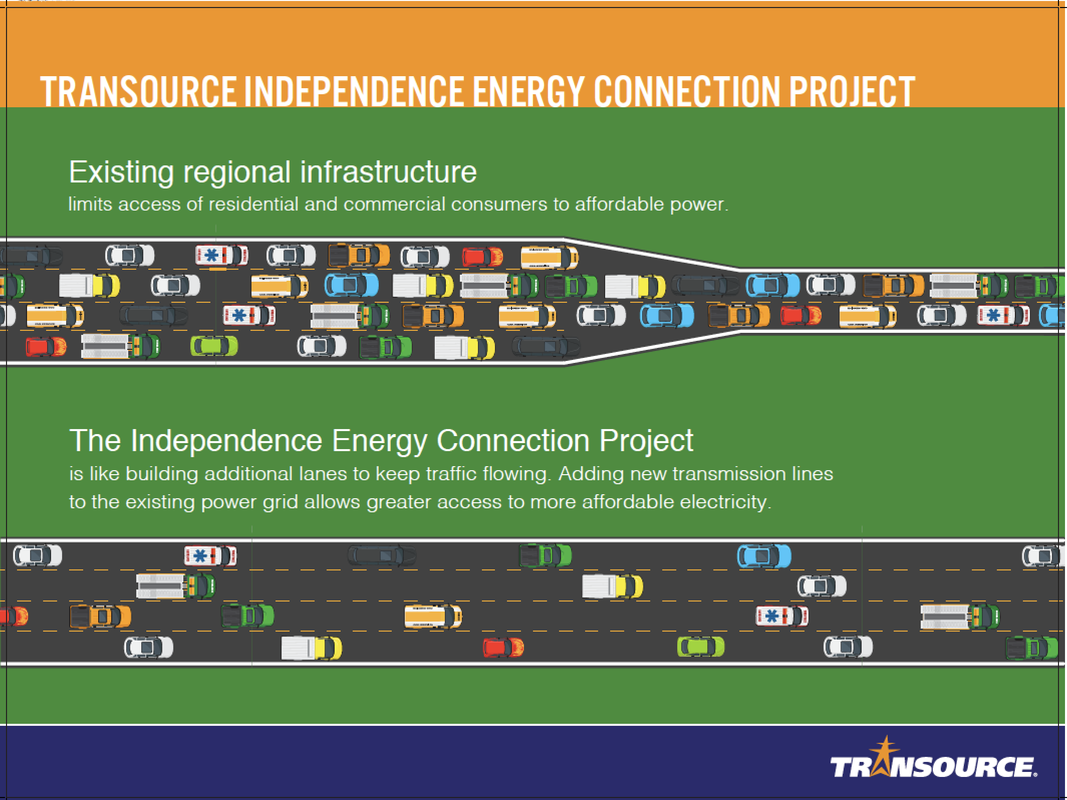
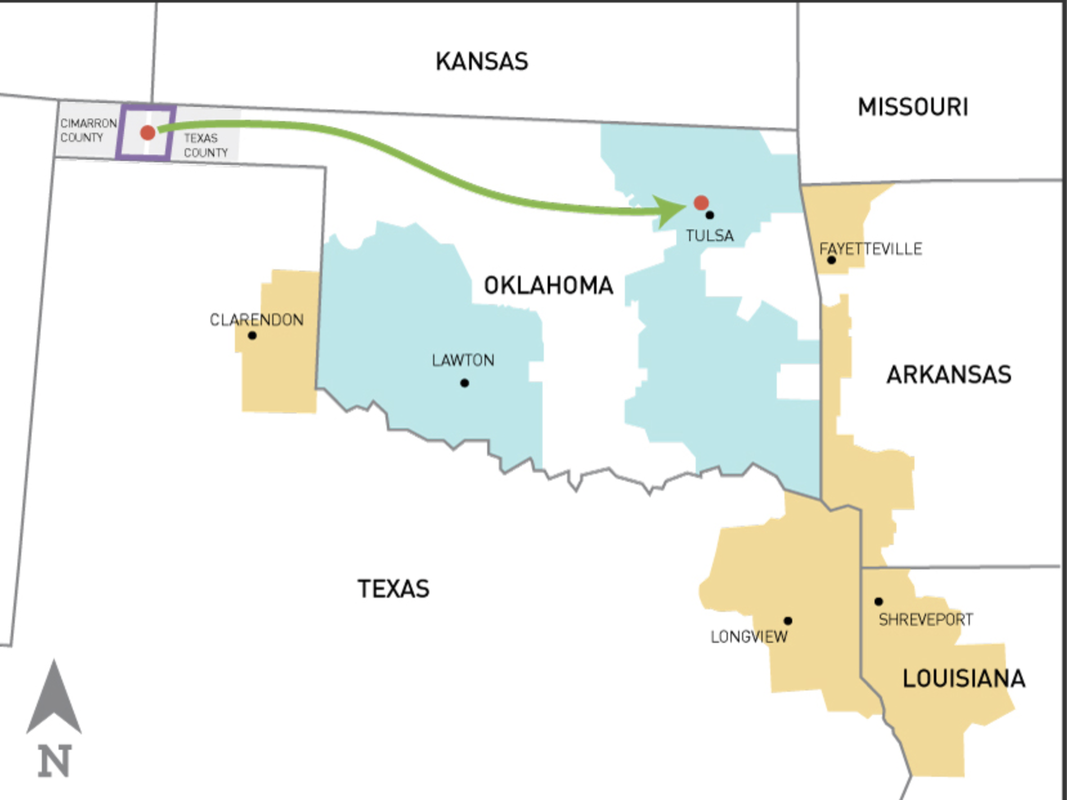
 RSS Feed
RSS Feed